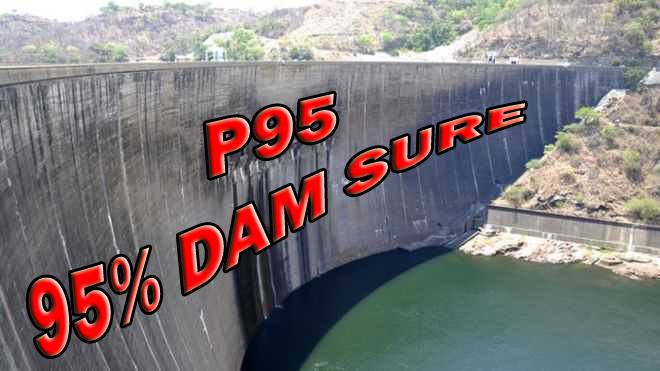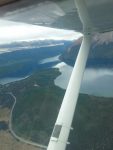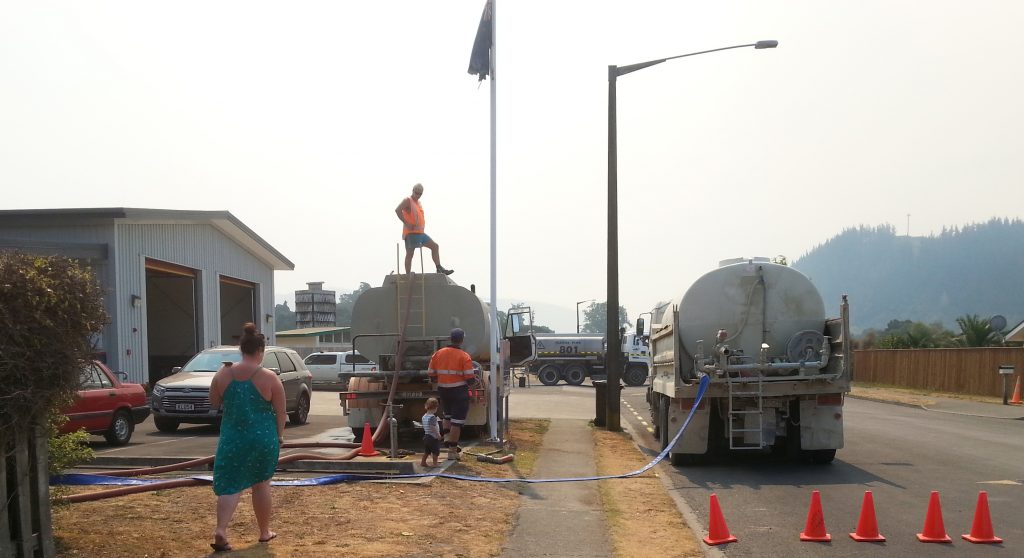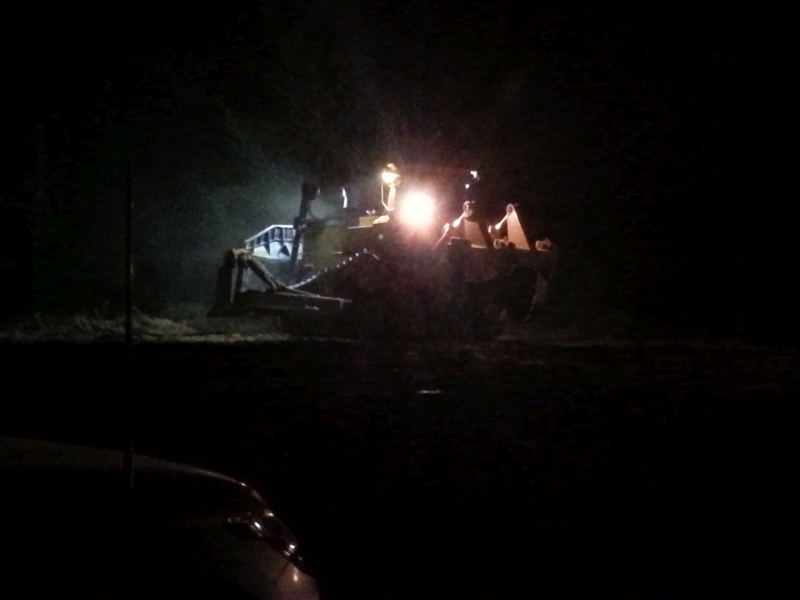
I often get asked what my position on the Waimea Dam is.
When we were first presented with a model for the Waimea Dam I voted in
However, it was not only the funding model that I have concerns over. I was unable to get satisfactory answers to questions I had about the longevity of the dam in relation to the rate of sediment build-up in the reservoir. If we are selling this dam as a 100 year plus
Another concern is the budget allocated to certain aspects of the construction. I have experience in earthmoving so have some understanding of the mammoth task involved in operations such as clearing the reservoir of vegetation, putting in roads in unstable terrain, and complying with runoff regulations. Without direct access to the contractors to allay my concerns in how they intend to overcome some of these issues, I am suspicious of the amounts allowed for in the current budget.

Other details we are assured are not an issue such as the lack of bedrock and reservoir wall stability do not line up with anecdotal evidence. The fact that no scientific study has been conducted into the path of the water into the aquifers nor the capacity of flow into the aquifers does not inspire confidence that releasing water into the river is going to solve the over allocation of pumping from the aquifers either. Nor was the fact that I was unable to get decommissioning cost allocation inserted into the Term Sheets, leaving future ratepayers exposed to the entire cost of the dam clean up at some point in the future.
Finally, I found it absurd that the irrigators were in-charge of the dam office during the stages of contractor procurement and final design of the dam when the irrigators had a capped contribution funding model. Whether they are corrupt or not, this situation leaves open a lot of room for accusation should it come to light that the budget is insufficient. It is thrust further into murky waters when Councillors were ruled ineligible for dam directorships (because of conflicted interests) but irrigators were appointed directors (surely a far greater conflict?).
The result of all this left me in a position where I could not support the current model of the Waimea Dam. I think it carries too much risk burden for the benefit to the ratepayer.
However, moving forward it is important to ensure that any cost overruns are not just borne by ratepayers and we make the most of the deal that has been dealt. The Waimea Dam could be an asset to the Tasman region but the loading of dam related expenses onto the general ratepayer must stop. The ones benefiting the most need to be the ones paying the most.









